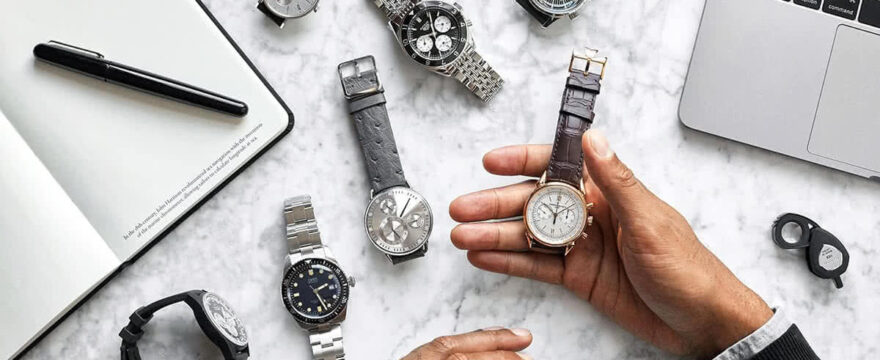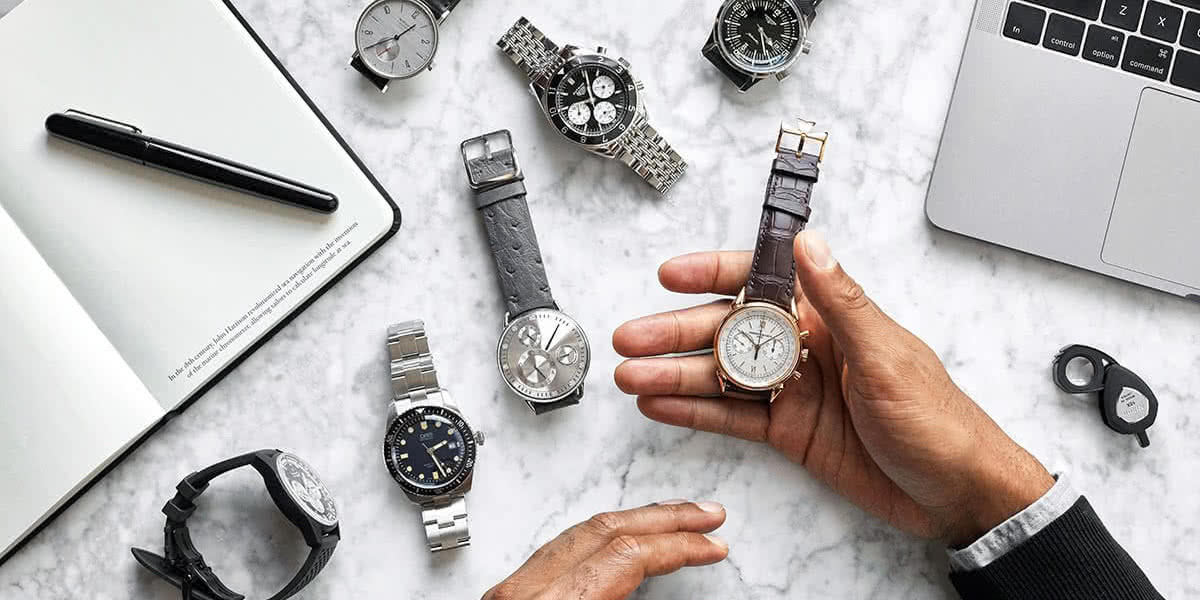The desire to sell a watch is the first thing that comes to mind for collectors who have at least one unique timepiece. But before it reaches cash-in-hand, there is a journey that involves understanding your timepiece, assessing its condition, researching prices, and patience. This multi-part article will cover the following subjects in detail: What you need to know when selling your watch.
Determining The Value of Your Watch
A superficial understanding of one’s watch adds to the complexity of pricing research. Consider an automobile example; if you were to sell a car, you might look it up on websites like Kelly Blue Book or Edmunds, but even with that data, your search would be fruitless if you didn’t know what make, model, and year your vehicle was.
Luxury watch purchasers like The Watch Exchange London have less pricing data than automobile owners, so determining the value of a timepiece is more difficult. You must specify the approximate age, manufacturer, and model of your timepiece when it’s time to figure out how much your watch is worth. Begin as precise as possible, and expand only if necessary.
The Box and Papers are Important
The easiest approach to determine if your luxury watch is genuine is to look at the box it came in. A watch that has its original boxes, instructions, and sales slip may be identified quickly. Assume that your watch’s certificate-of-origin or warranty papers (not always the same) are filled correctly by the issuing authorities. In this situation, you can go on to calculate value when selling your timepiece.
However, if the watch is not accompanied by papers or a sales receipt, other means must be used.
Find the manufacturer’s and reference number.
To do this, go online and search for the brand and reference number. Remember to include any numbers or alphanumeric characters that may be inscribed on the case; this is often the reference number.
Rolex, Audemars Piguet, and Panerai have all used sequential serial numbering systems to help date their timepieces; selling your watch online will allow you to get dating keys for all three.
Use an Archive Extract to Date Your Watch
Only a few brands still employ sequential serial numbers, and most have abandoned the practice years ago. Only watchmakers have access to this data, with the exception of Rolex, which keeps track of its movements using highly complex computer systems that it developed for itself. Some firms may even recover an “archive extract” that includes basic information like the model name, manufacturing date, and reference number of an older or antique timepiece. This basic document not only helps you figure out how much your watch is worth, but it may also add value by establishing the origin of an otherwise unknown (i.e., no box, no papers) luxury timepiece.
Finally, keep in mind that certain brands include their watch’s reference numbers which may be difficult to spot. Since the mid-1940s, Rolex watches have included printed reference numbers between the lugs at 12 o’clock. The inside of the case back is often branded with the model’s reference number. Some brands imprint the inside of their timepieces with the number. This information may be useful during an exploratory trip to your local jewellery shop if your watch’s manufacturer is not listed on the back.

